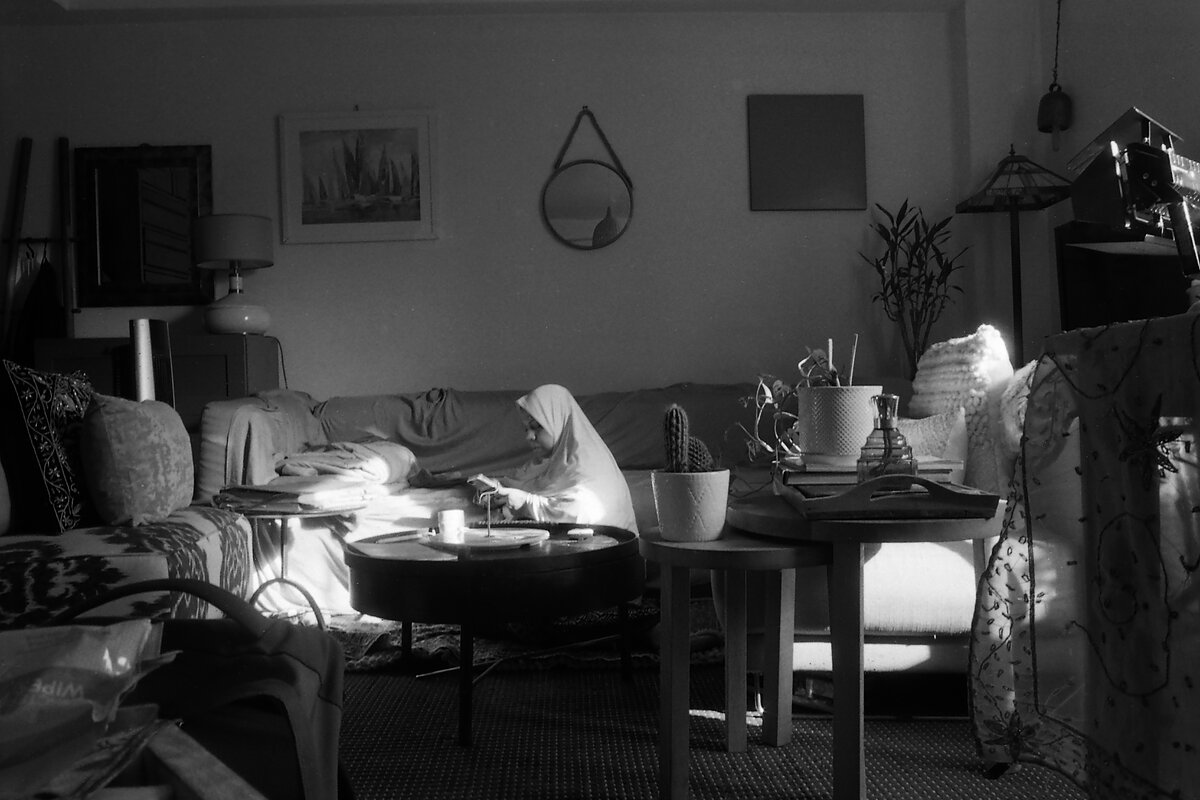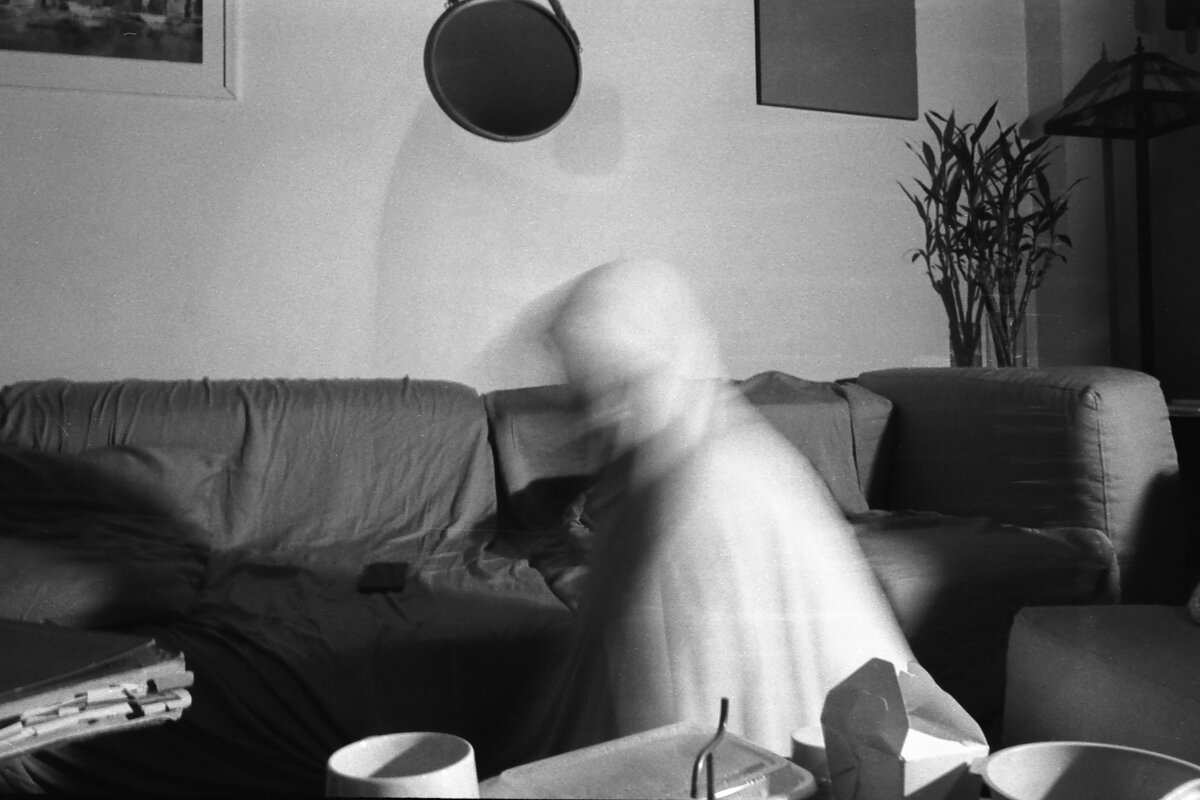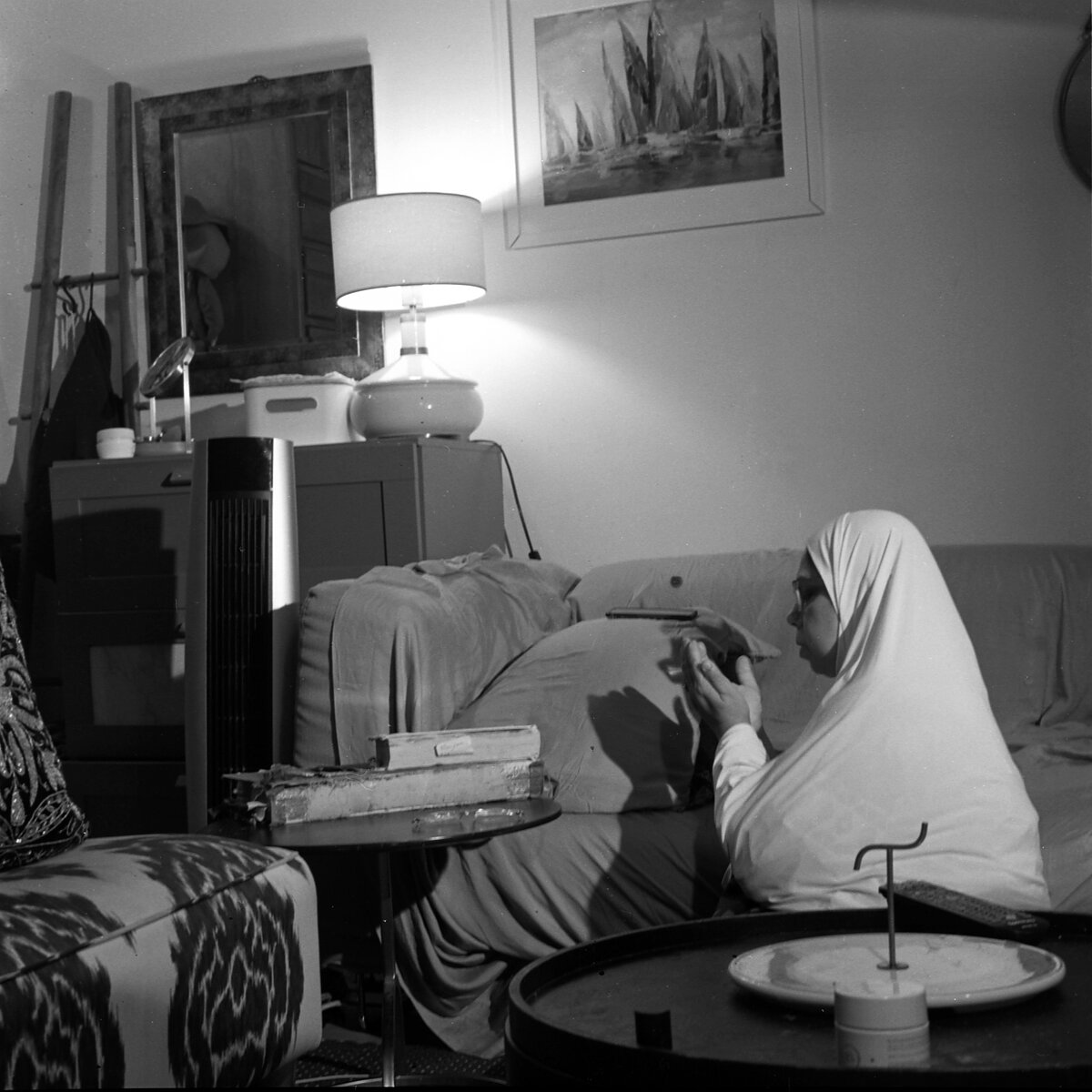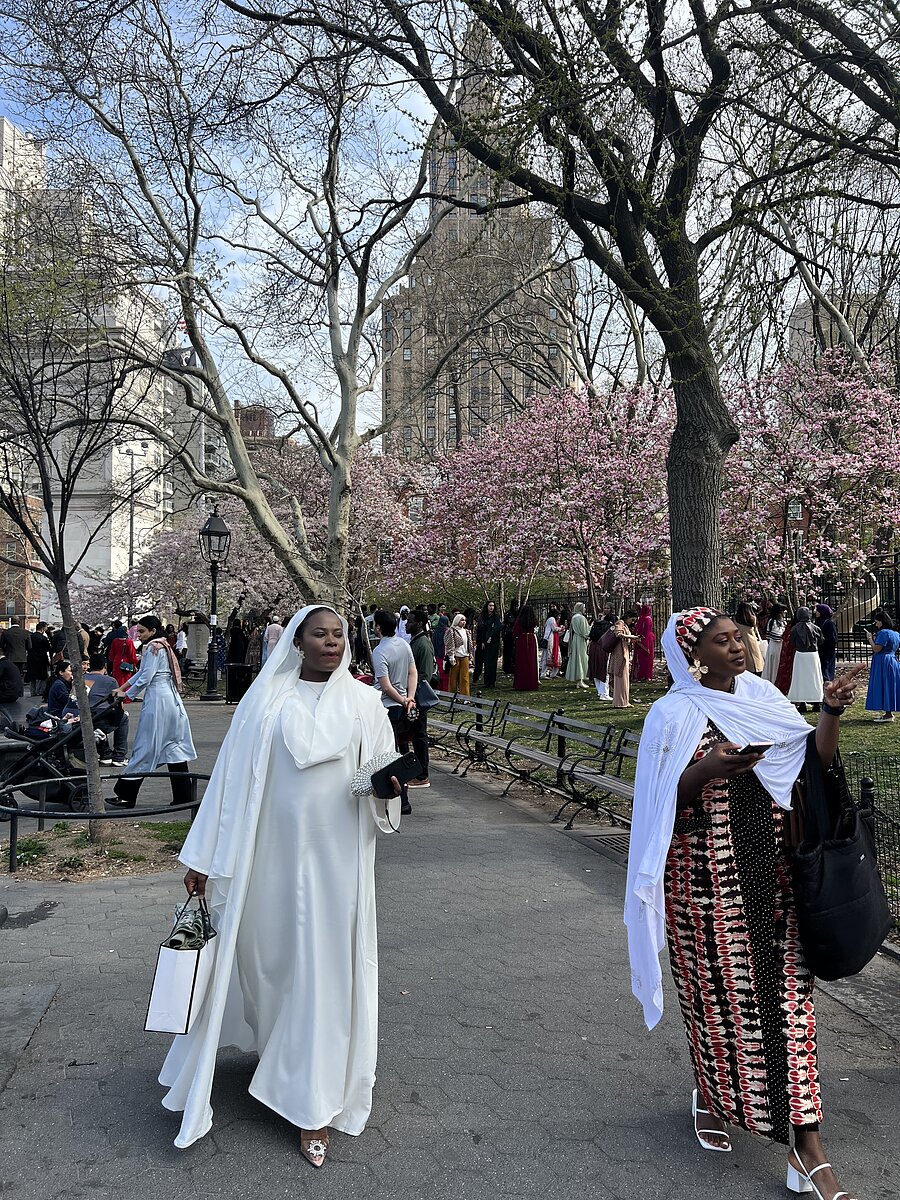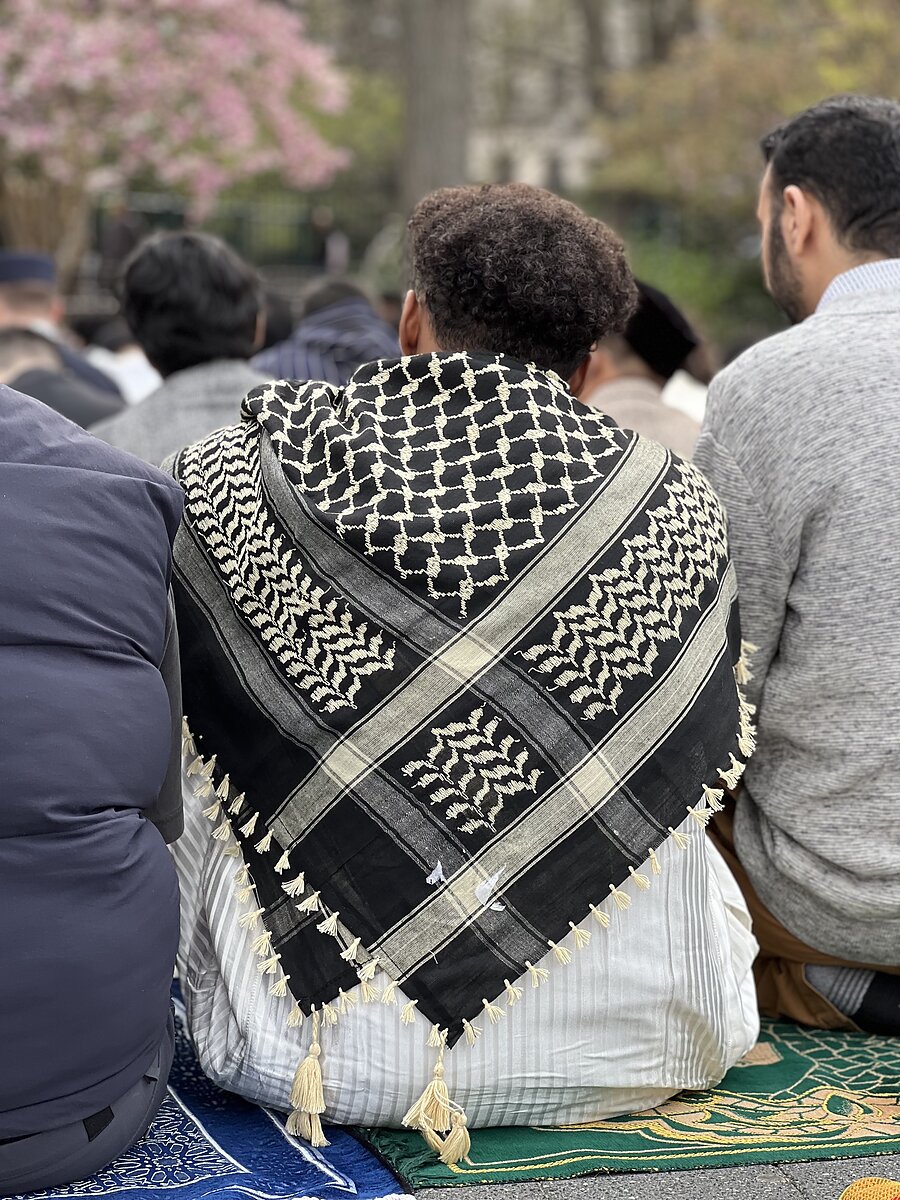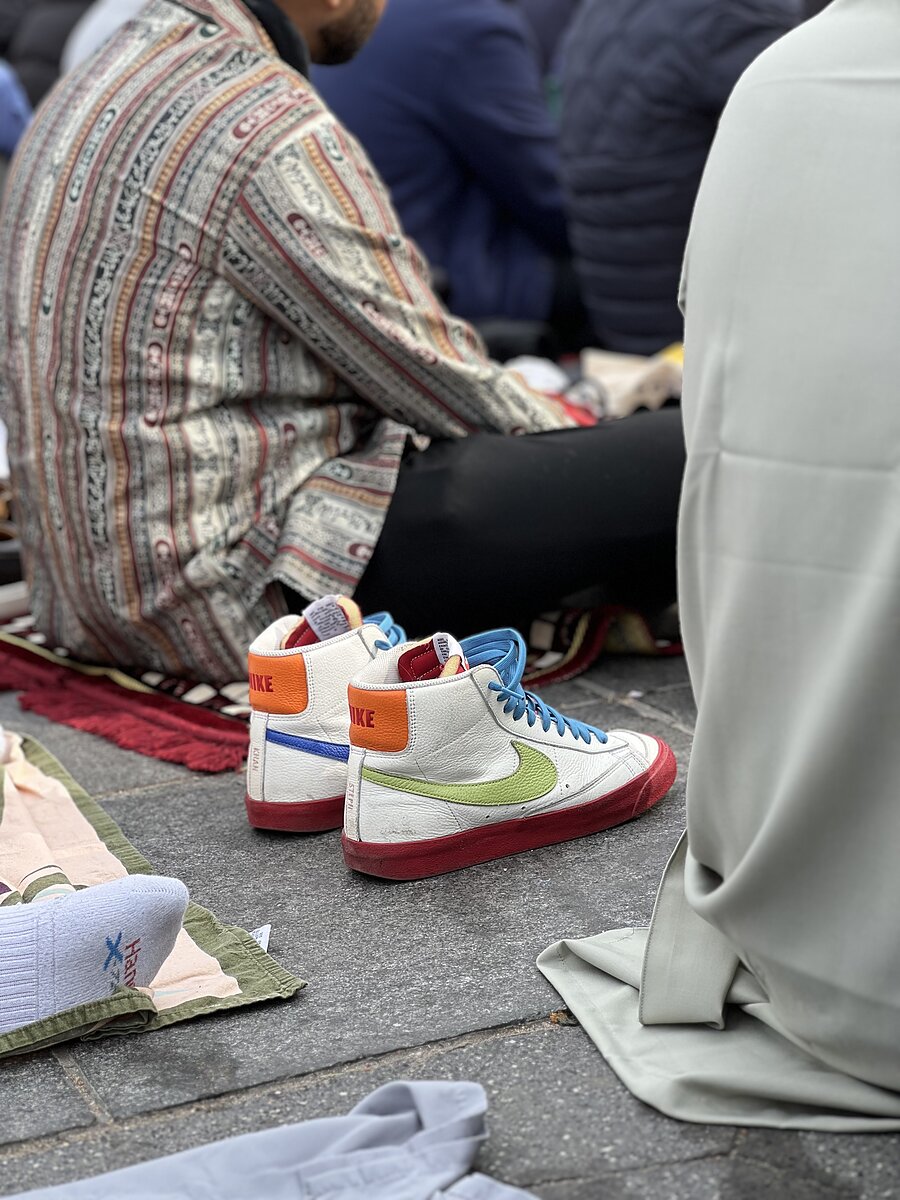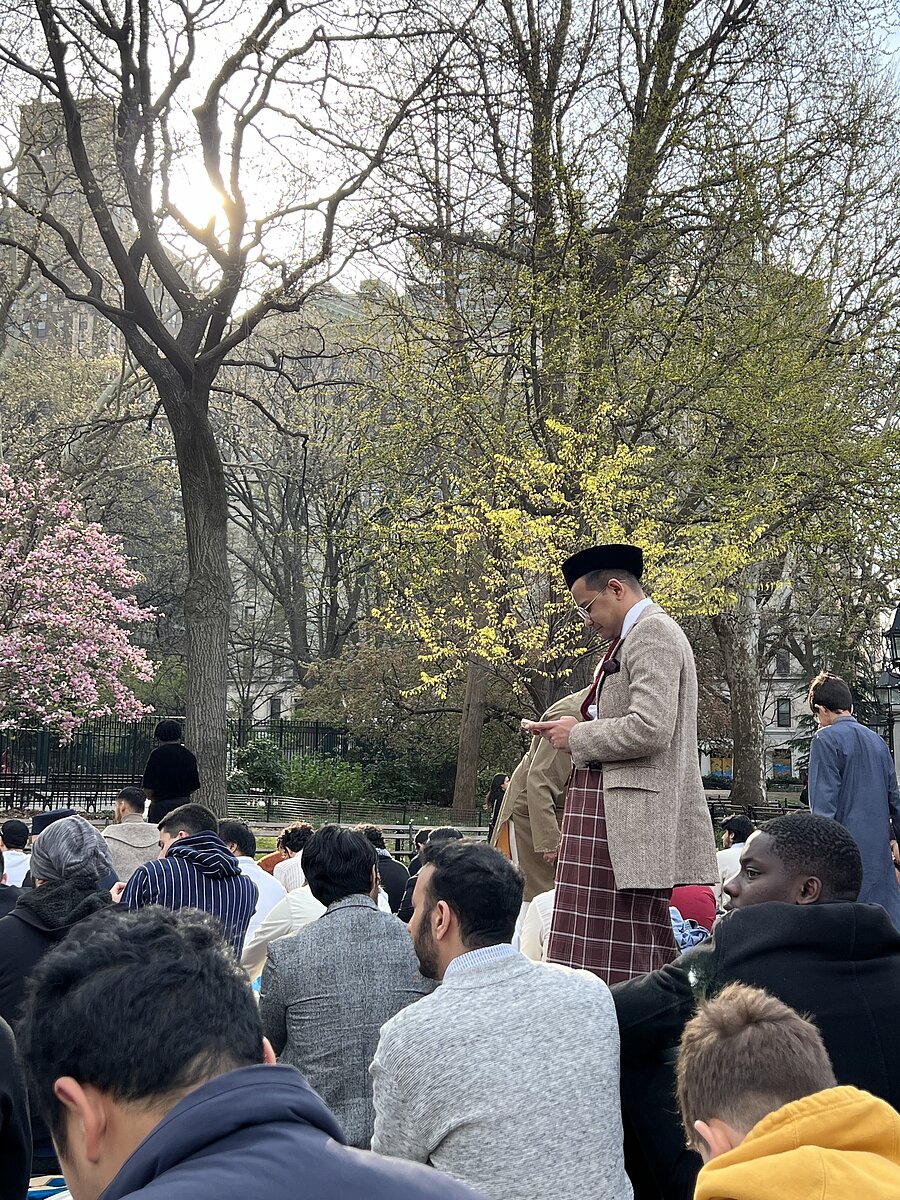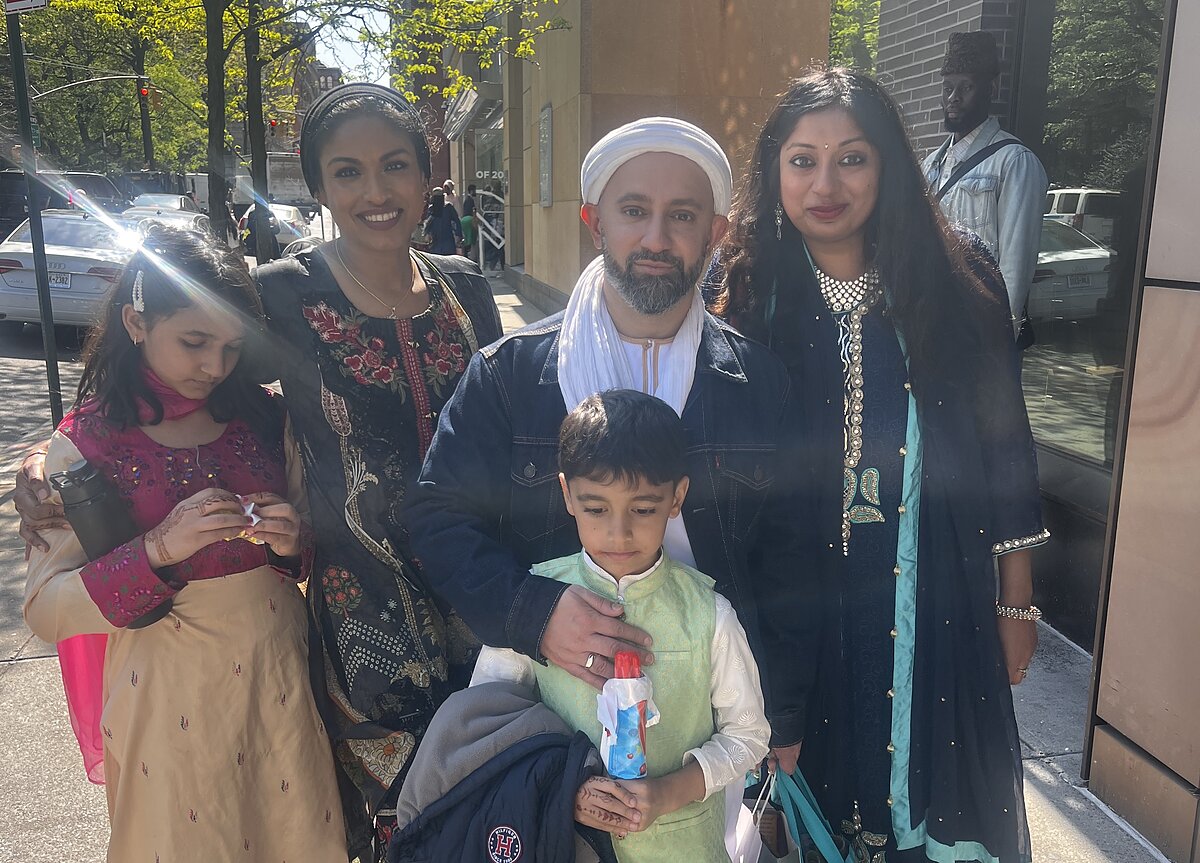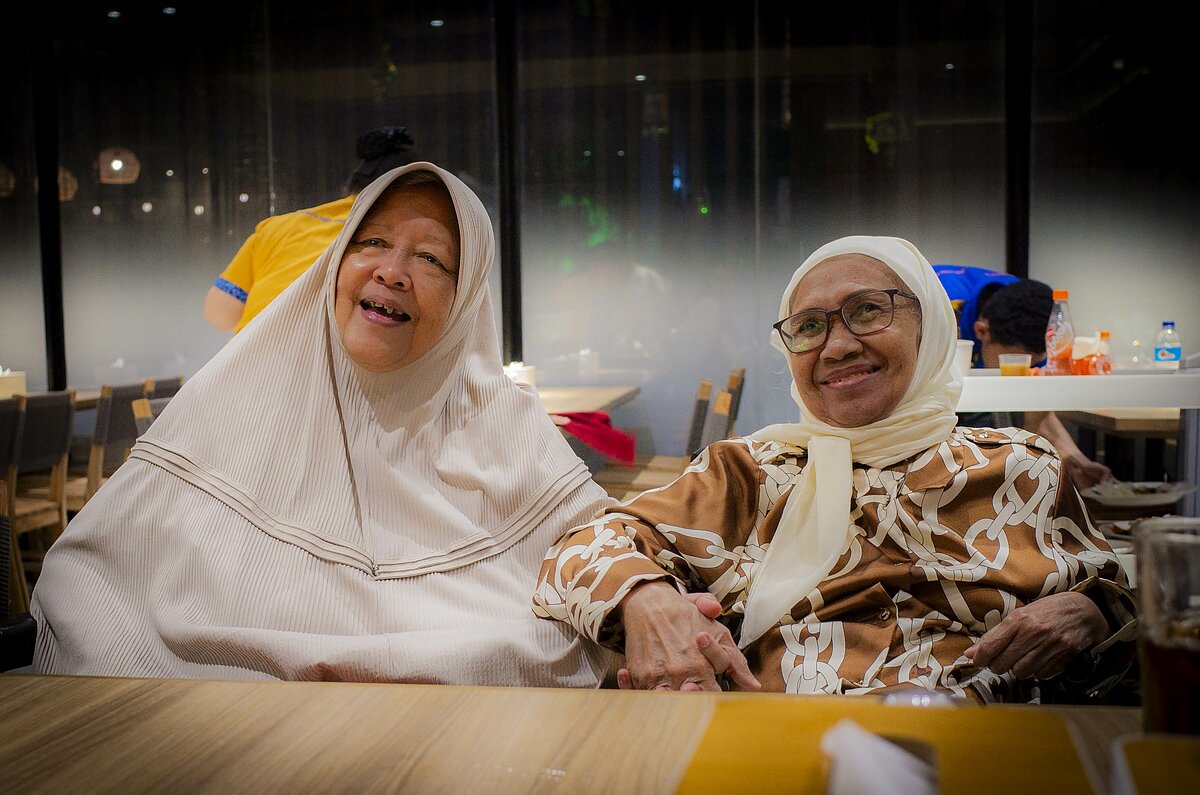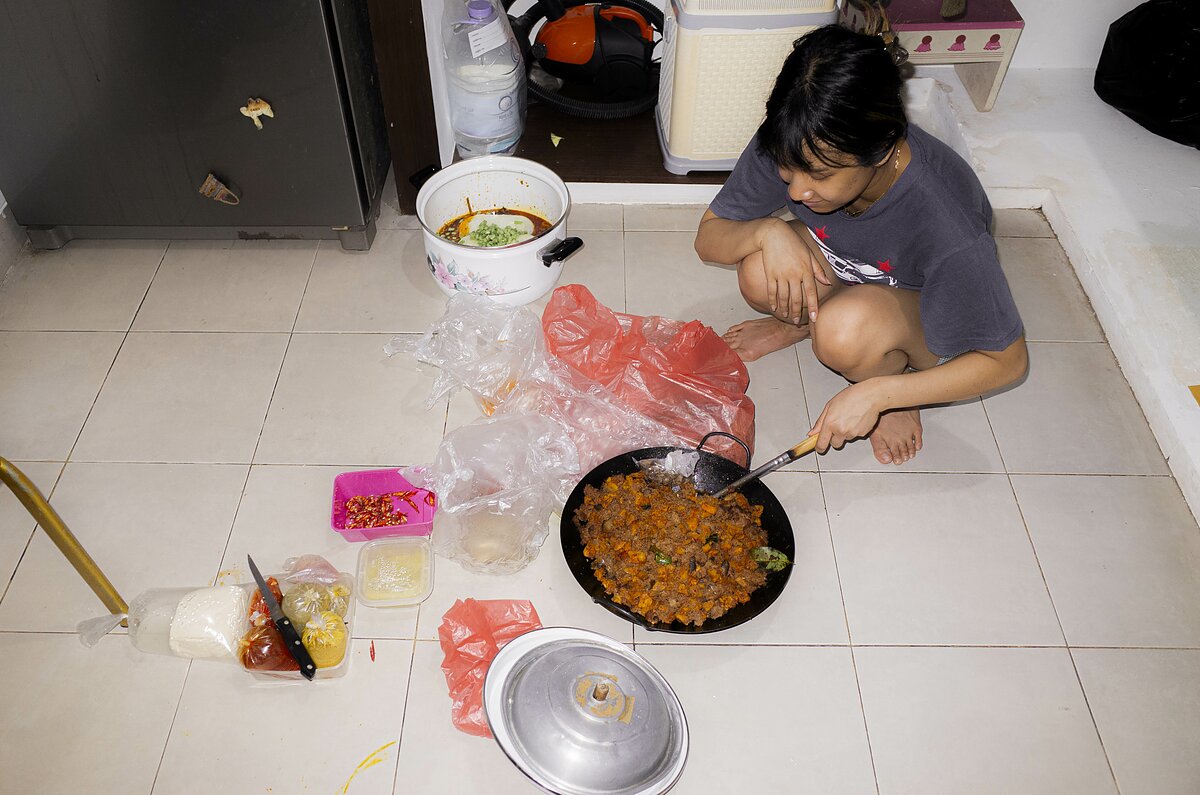Photo Essay: Celebrating Eid al-Fitr
Ahmad Abdulwadood
Ramadan is about piety, personal reflection, and gratitude, and thus Eid-al Fitr marks the spiritual culmination of a month of religious intention and effort. Rather than encouraging us to resume our lives, Eid commits Muslims to maintaining the consciousness we come into throughout the month.
And so, for this photo essay, I’ve chosen to lean out of the spectacle of Eid. Instead of capturing the day’s magnificent outfits, delicious meals, or splendid company, I’ve chosen to train my lens on Eid’s personal and sacred core—the heart revealed to me by my mother’s practice.
Although I have my own difficulties and struggles with religion, my mother has always been my spiritual North Star. This isn’t merely due to her being the most accessible Muslim in my life (which she is) but because I admire and perceive my mother as an exceptionally good one. Yes, she is devoted, consistent, and punctual with the obligatory parts of Islam, but she’s also generous, forgiving, and sincere.
In short, she’s a much better Muslim than me, and whenever I spend time with her, I’m forced to contemplate my own religious practice. Although Eid is always a special day for my mother, filled with singular importance and celebration, I’ve always been simultaneously impressed by its humbleness and normalcy. Of course we go to the mosque for Eid prayers, but my mother also practices her faith from her prayer mat in the living room like it was any other day—making her daily prayers, dua, and Quran recitation.
Through this unassuming image of consistency, my Mom has taught me about Eid’s simple but profound substance.
Asif Ali
Religion is really interesting and complex. Many of us were born into a religion without even being asked if we wanted to follow a particular faith, religion, or practice. People want to create and break arguments, friendships, relationships, decisions, family dynamics and so much more all around religion. It’s tough.
But also, sometimes religion can be fun and not complex. And what if we are truly supposed to have a lot of fun while we are following a specific religion? People fast for countless personal reasons during Ramadan and that is beautiful. No one can tell you which way you should fast or how you should fast; they don’t have the right.
Eid is such a beautiful time marker for Muslims. It signifies something different to everyone. For me, it means getting to show the world how stylish and fashionable Muslims are everywhere. How cool is it that people can wear whatever they want and pray to their Allah in whichever way they choose? Allah will still accept anyone and everyone’s prayers. This year I want to bring attention to the fashion of all Muslims in NYC for Eid 2024. Maybe Allah is truly a fashionista or sneakerhead?
Sangeetha Kowsik
As a Hindu Indian American woman, my celebration of the Islamic holiday of Eid may seem unusual to some, particularly given the media’s portrayal of animosity between Hindus and Muslims. However, growing up in Fremont, California, surrounded by close friends from various Muslim backgrounds, Eid became a cherished part of my cultural tapestry. In my household, Eid celebrations were as commonplace as Hindu Navarathri Puja or Hanuman Jayanthi, reflecting the harmonious coexistence of various religious traditions.
My father played a pivotal role in the construction of three Hindu temples across the United States, including the renowned Shiva Vishnu Temple in Livermore, CA, which holds a special place in my heart as it was where I spent much of my formative years. Notably, the ground breaking ceremony for this temple was done by the esteemed Muslim musician, Ustadh Ali Akbar Khan, the great Sarod Maestro. It is a testament to the spirit of inclusivity and harmony that a Hindu temple proudly displays the name of a Muslim musician on its walls, symbolizing the unity and mutual respect between different religious communities in the US.
My upbringing instilled in me the Hindu principles of Ekam Sat (all is one) and Vasudhaiva Kutumbakam (the world is one family), emphasizing the unity of all faiths and fostering compassion, love, and peace. These values guide my work as the Hindu Spiritual Life Advisor/Chaplain of NYU and founder of the NYU Hindu Center. Every year, I eagerly join my dear friend, Imam Khalid Latif, (Sunni Imam and founder of the Islamic Center at NYU) under the iconic Washington Square Park arch in New York City for Eid prayers and participate in Shia Eid traditions led by Dr. Shaykh Faiyaz Jaffer (Shia Scholar/leader Islamic Center of NYU).
Hinduism and its belief system that all faiths lead to the same divine allows me to partake in these celebrations and worship, forging lasting bonds of peace and friendship. Despite the divisive narratives perpetuated by the media between Hindus and Muslims, my friendships with Imam Khalid and Shaykh Faiyaz stand as a testament to the shared values and traditions we cherish. Taking part in each other’s worship, cultures, and celebrations strengthens the bonds of peace, friendship, and happiness in our world. I am immensely grateful for the opportunity to engage in Eid celebrations with both Imam Khalid’s and Shaykh Faiyaz’s wonderful communities, further enriching my journey of unity and friendship across religious boundaries.
Kaira Widodo
On the 22-hour flight from New Jersey to Jakarta, my family fulfills the last days of the holy month of Ramadan. I haven’t spent Eid with my entire family in Indonesia since my family moved to the US at the beginning of high school—that was four or five years ago. This trip, I get to see my cousins, aunties, uncles, and distant family members. Hearing the adzan loud and clear from the mosque, spreading throughout the entire city is a personal highlight.
My Eid this year was far more chaotic than it typically is, with a combination of last-minute cooking, Eid prayer, going to the market last minute to buy ingredients, and spending hours with my family having conversations about who amongst the cousins would be getting married next.
Food is essential to this holiday. In Indonesia, it is always the same four or five dishes. Ketupat is the main start of the show and is one of the most important dishes in Indonesia’s traditions; a rice cake steamed or boiled in water and then hung dry. It is always in the shape of a diamond. It is meant to symbolize “admitting mistakes” coming from the Javanese word “ngaku lepat” but also meaning “togetherness” by the weavings of the palm leaf.
In the Quran, one of the most important elements next to prayer is the Islamic obligation of zakat. If you have enough money, you’ll be able to provide a large donation to purify yourself in this deed. It’s a privilege to spend such a special holiday with my family in Indonesia and have great food and people to create memories with.
Eid can last around three to four days long in Indonesia. Each day varies, consisting of seeing my mother’s side, my father’s side, distant cousins, and lastly, my grandfather and aunt at the cemetery. I was finally able to ask who was buried next to them. It was my great grandfather and great grandmother, along with their brothers and sisters who had a fresh bed of rose water and flowers sprinkled on top of their graves. On top of everything, the most time spent each day was greeting more family members and taking group photos, which would always seem to take between 45 minutes to an hour.
